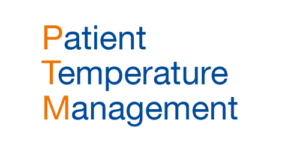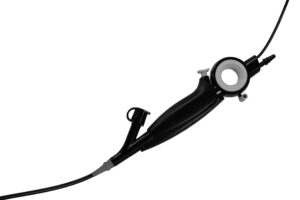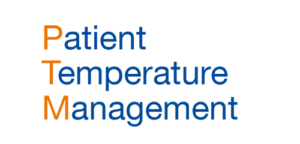
Early detection of patient deterioration
Patient deterioration between routine nurse observation rounds can go undetected for hours, leading to serious and costly consequences. Sensium’s monitoring and smart algorithms continuously process and analyse all patient data, generating targeted notifications of deterioration, efficiently bringing the nurse to the deteriorating patient.
Benefits
Sensium in numbers


net savings per patched patient3

reduction in unplanned critical care transfers3

ICU-standard vital sign measurement
Sensium features a light, comfortable patch worn on the patient’s chest, which accurately and reliably monitors vital signs, providing data every two minutes.
- Heart rate – Single lead ECG, superior to cuff-based/SP02 sensor pulse rate.
- Respiratory rate – Impedance pneumography, superior to ECG derived respiration
- Axilla temperature – Superior to skin temperature, surrogate for core body temperature.
- Activity/posture – putting vital signs in context
Clinically validated key benefits
Over 25 peer reviewed publications have proven that the Sensium system has led to the following clinical and economic benefits:
- Patient comfort and safety – Comfortable, unobtrusive patch, patient felt safer2
- Economic benefits – 29% Reduction of length of stay and 80% Reduction in unplanned critical care transfers3
- Earlier intervention – treat sepsis 6 hours faster4


Right Care, Right Time
Sensium can be used to give more context to a patient’s condition, by looking at vitals trends and observations combined. This can indicate which patients might need more care and provides data to make clinical decisions.
Healthcare professionals can spend time with patient’s who might need a little bit of extra attention and provide enhanced care for patients.
Streamline Electronic Observations
Sensium’s E-Obs module has been designed to enable nurses to take patient observations quickly, accurately, and easily. Changes in patient risk profile are rapidly highlighted, supporting efficient triggering of escalation pathways.
- Automatic calculation of Early warning scores including NEWS2
- Patch vital sign data pre-populated for EWS calculation
- Easily view the time until the next observation set is due
- Integration with Electronic Medical Records (EMRs), view observation data in the most convenient location.


Evidence-based decisions
Monitoring patients at every stage of their journey allows for clinical decision making to ensure the best outcomes and efficient, cost-effective healthcare.
- Assess patient’s requirement for hospital care or their fitness for surgery prior to admission.
- Detect and act on deterioration as early as possible to deliver more efficient healthcare.
- Monitor patients with the same ICU grade technology across all care settings.1
- Assess suitability for early discharge programmes
Our partners







Testimonials
I am very enthusiastic about wireless monitoring and Sensium. (…) Sometimes we lose ‘sight’ of a patient and we don’t notice it, especially at night. I think that wireless monitoring can do something about it. That is why I love wireless monitoring and I love Sensium.
Sensium certainly makes patients feel safer, for instance when going to sleep. The door closes and then what? Now they go to sleep more peaceful, knowing they are looked after.
Nurses are incredibly busy and are at the bedside a lot less than for instance on the ICU. The change from ‘monitored ward’ to nursing ward is huge and as a patient you might wonder if you are being monitored enough. We notice that the patch gives the patient the feeling they are well looked after from a distance. We have heard this from family as well, who appreciate their loved one being monitored with the patch.
“We have picked up episodes where the patient has begun to become unwell that we otherwise wouldn’t have done at such an early stage with standard intermittent monitoring.”
“It gives me reassurance that there is something or some equipment looking at it [vitals signs] all time and I think that when the nurse is with you, their mind is a bit more with you rather than thinking about what’s going on in other rooms.”